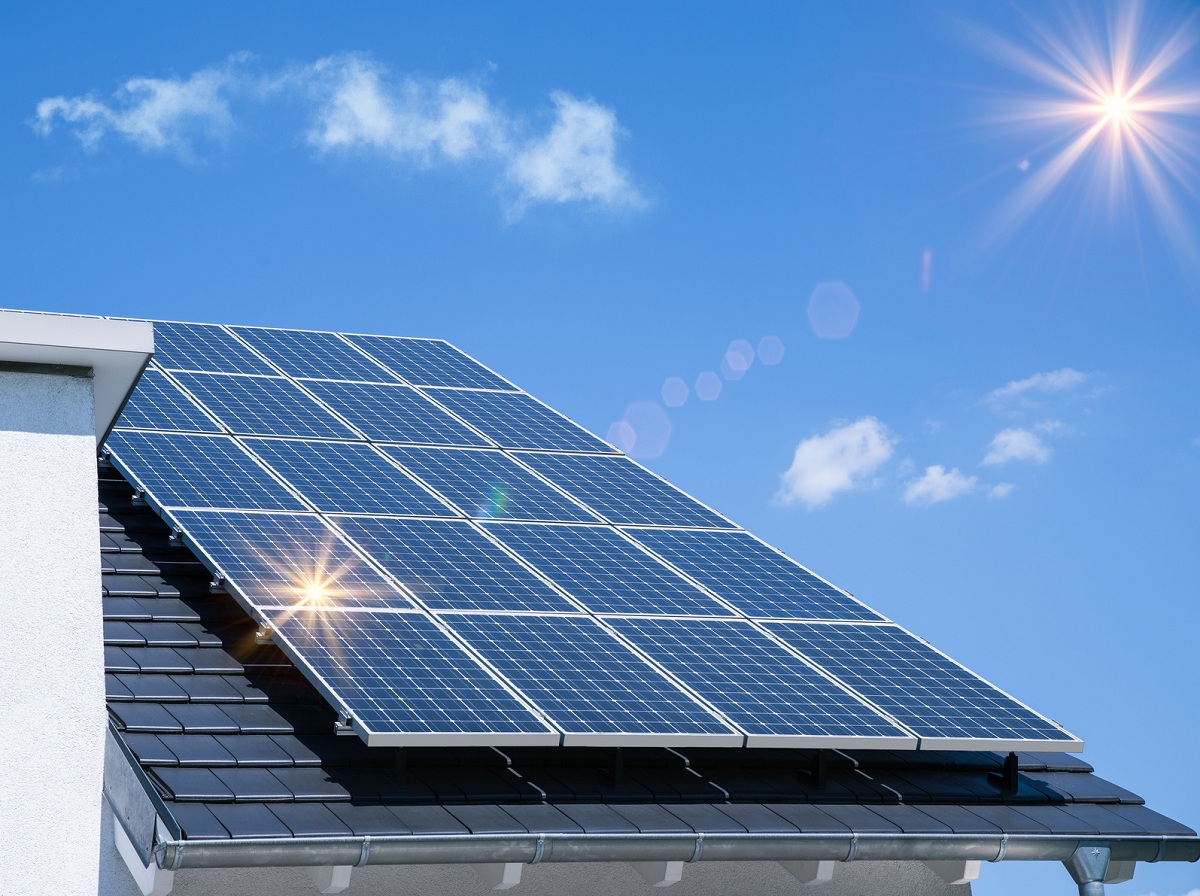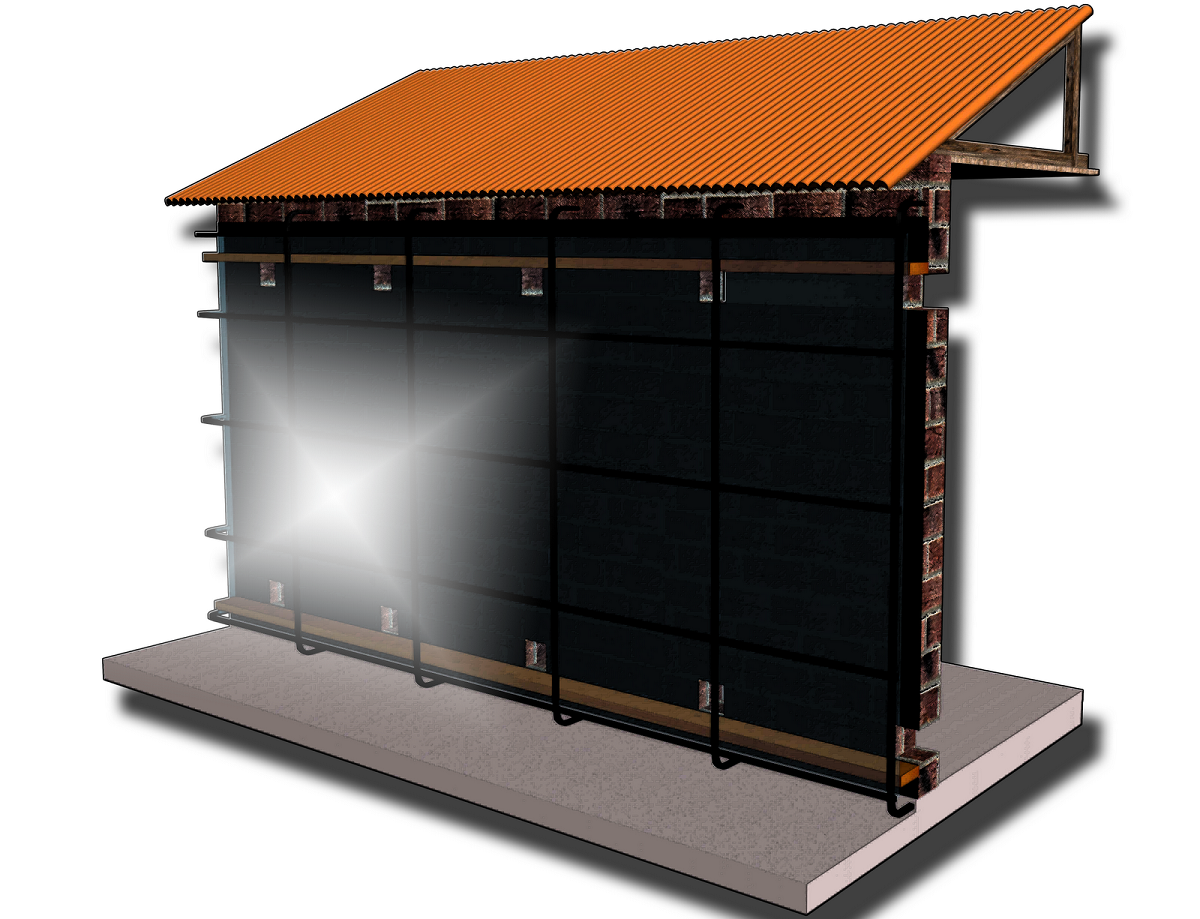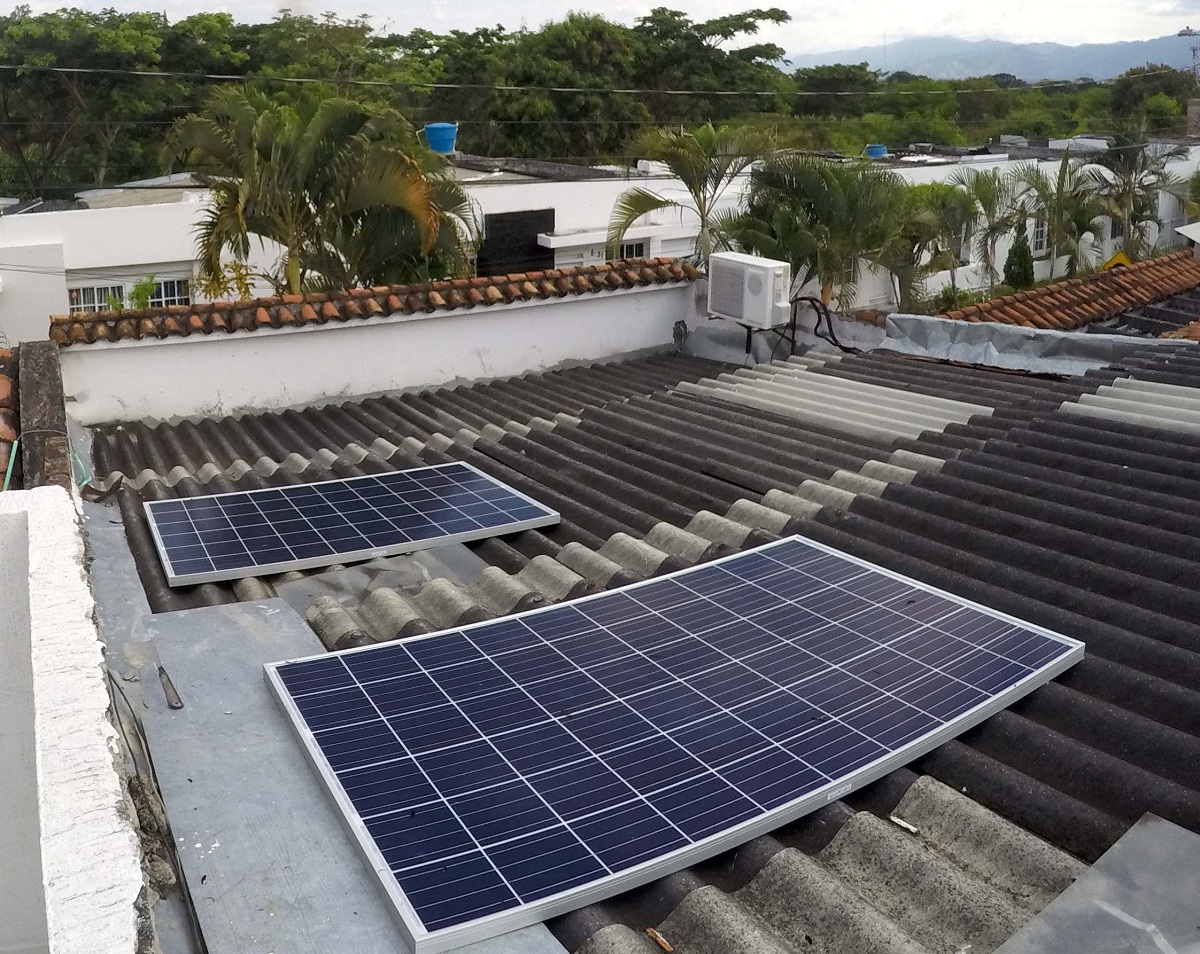
Solar energy is having an increasing place in sustainable homes. Technological innovation seeks to improve the performance of solar panels by allowing them to capture a greater amount of solar radiation and generate more electrical energy. Thanks to this improvement in technology, the passive solar systems. These systems allow a greater amount of solar energy to be accumulated through windows, walls, roofs, etc. without the need to use devices such as fans, recirculation pumps, among others.
In this article we are going to tell you all the characteristics, advantages and operation of passive solar systems.
What are passive solar systems

It is a system that allows to capture a greater amount of solar energy through passive elements. These elements are windows, roofs, walls, etc. This is where the name of passive comes from. These are elements that do not need a specific space to function.
The energy efficiency of these systems is quite high since it takes advantage of the basic mechanisms of heat transfer. These mechanisms are: convection, conduction and radiation. These 3 basic heat transfer mechanisms combine with each other to enhance maximum heat transfer receptacle action. In this receptacle the energy that is accumulated is used to later generate a greater amount of electrical energy.
This is how it is possible to capture more solar energy in a discreet and economical way. And it is that these passive solar systems are part of the design of houses and buildings. These elements are increasingly being used in bioclimatic architecture. This architecture aims create sustainable buildings by improving the performance of each part of the home based on climate and orientation.
Thanks to the ability of these passive solar systems to isolate indoor and outdoor environments, it helps to avoid strong temperature contrasts. This makes it possible for more heat to accumulate and they will be inside. This it does when the temperatures outside begin to drop.
Passive solar systems in bioclimatic homes

As we have mentioned before, the main objective of bioclimatic architecture is to adopt a morphology to make the most of solar energy. Take into account the construction zone both in the common climate orientation and incident solar ratio amount. In this way, with passive solar systems, walls, windows, roofs, etc. can be adopted. And take advantage of most of the basic elements of the houses to give it a bioclimatic functionality.
In addition, it is intended to build other elements that are not found in common places such as attached greenhouses, solar chimneys or interior galleries. All of these elements are also considered part of passive solar systems. Taking advantage of all the constructive elements of a home to be able to capture a greater amount of solar radiation is what is necessary to generate more renewable electrical energy. And is that all these technological improvements have great effects to achieve greater thermal comfort without the need to pollute. Many people increase their carbon footprint by increasing the heating or air conditioning in their homes. This is because the energy sources are not renewable. They depend on fossil energy.
On the contrary, passive solar systems work both by conduction, convection and irradiation and are ideal for obtaining more heat from solar energy. It is also compatible with other energies that can offer greater versatility such as solar thermal energy. Common photovoltaic solar panels can also be combined.
Capture of sunlight

In order to capture the greatest amount of solar energy, we try to capture through windows, large windows, glazed patios, skylights and other transparent or translucent elements. These elements can be strategically oriented depending on the orientation of the home climate zone idea.
On the other hand, greenhouses and inertia walls are systems that indirectly capture solar energy. It is about having an intermediate space that exists between the outside and the space on which you want to act. As with direct solar collection systems, the starting point is direct radiation that falls on a glazed surface. From that surface, the heat is returned to the area of interest through different methods. One of the most used methods is that of thermal mass or convection. Said heat can also be redirected through the regulation openings or through a combination of both systems.
There are also homes that, due to their climatic zone or their orientation, do not have the necessary conditions to be able to capture sunlight. We must bear in mind that a large amount of sunlight is needed if we want to produce enough electrical energy for our own consumption. In these cases, there is the option of being able to implement various systems that help capture solar energy remotely. For example, you can use solar air collectors that perform their function thanks to the existence of air ducts. To use these collectors you need a mechanism that makes the air reach, so they are not passive systems in the strict sense.
Disadvantages of passive solar systems

As you might expect, although it is an innovative technology and has great advantages, it also has disadvantages. In many cases, these disadvantages can be minimized to the maximum if we use an efficient orientation and construction. These disadvantages include glare from the reflection that occurs or productivity that exceeds or is poor.
These aspects are the ones that bioclimatic construction takes into account and is what it mainly focuses on. Try to optimize all these variables to the maximum so that the production of electrical energy through the solar system is maximized. In each case you have to focus on value convenience and best design combining with all energy sources. In this way, the lowest possible energy cost is achieved through electricity production adapted to aid in the conservation of the environment.
I hope that with this information you can learn more about passive solar systems.